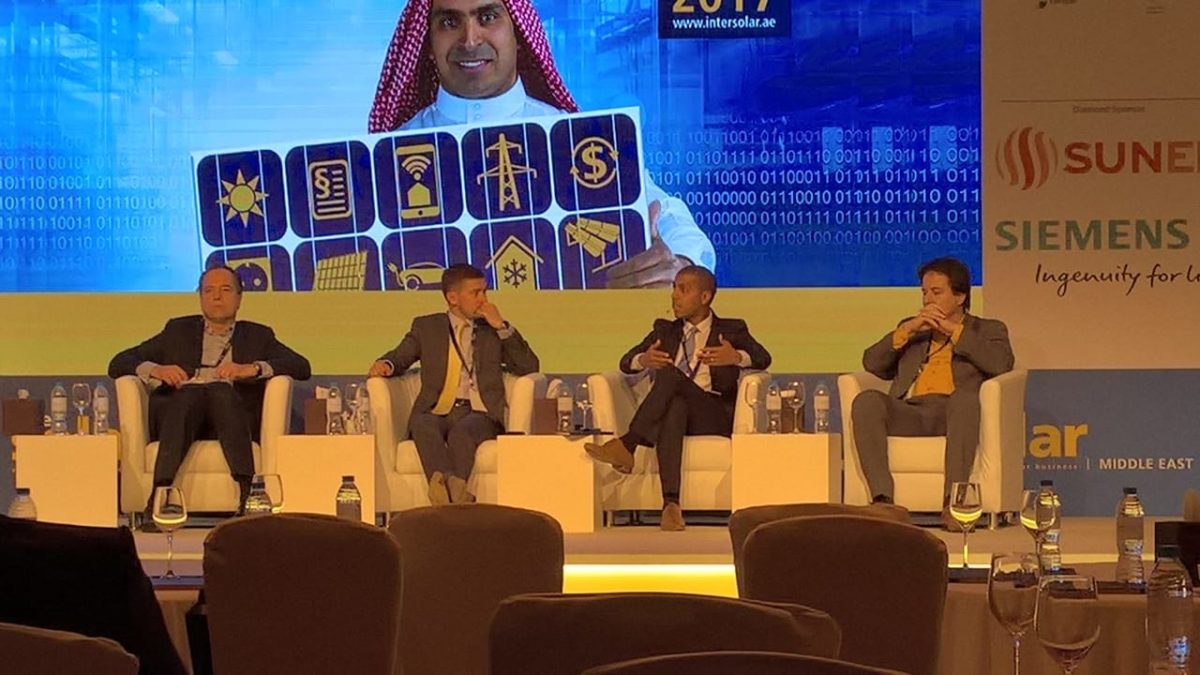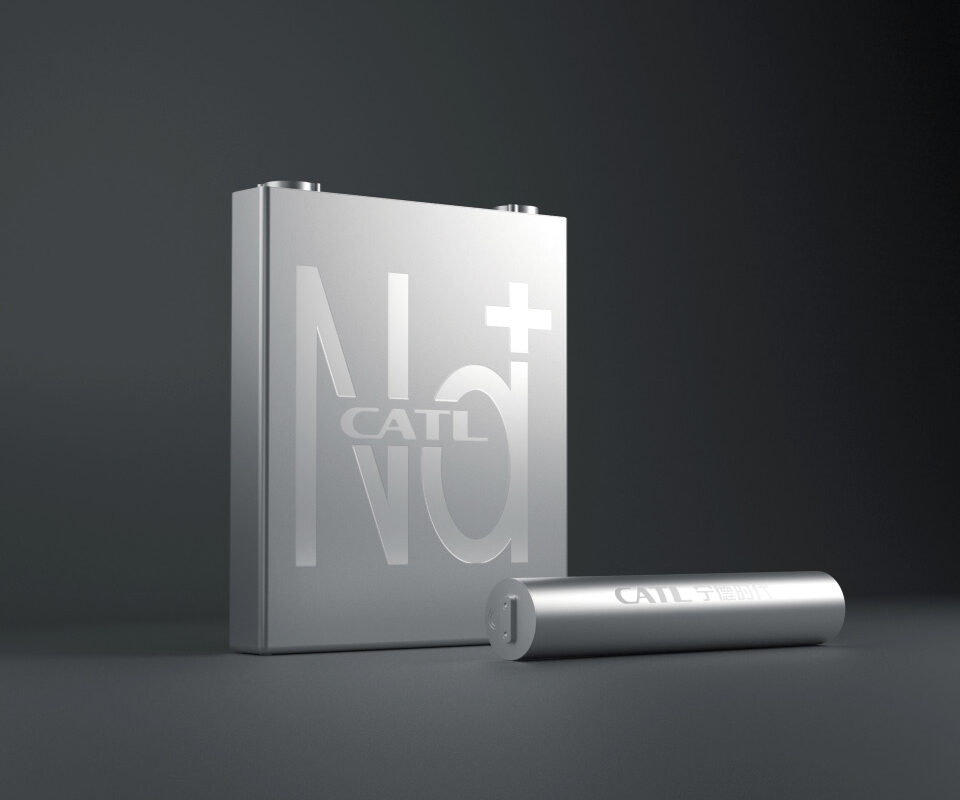pv magazine: Dr. Aymen, we have seen in Saudi Arabia’s tender for 300 MW of PV the lowest bid ever for large-scale solar, namely 0.06697 SAR ($0.0178) per kWh. What is your opinion of this offer?
Aymen Grira: First of all, the result of this first bid is a very important achievement for the Renewable Energy Project Development Office (REPDO) team who, in just a few months, successfully attracted important actors to the Saudi RE program and managed the competition to achieve such a low offer.
This world record offer is completely unexpected for such a first tender of 300 MW, which is within a longer and bigger plan of 9.5 GW in a country where many factors were hard to forecast: risk evaluation by each bidder, local services and goods to satisfy the local content requirement, etc.
It’s really hard to comment at this stage, as many factors are still unknown: compliance with the RFP, financing of the lowest bid, and also the local content strategy to satisfy the RFP requirement etc. We look forward to learning more details about the offer.
We also saw that seven of the eight bids were under ($0.03) per kWh and two bids, those of ACWA and Marubeni, would be also become the lowest prices ever recorded at a global level, if accepted? Should we now consider the $0.03 per kWh threshold a point of no return?
Many lessons can be learned from the result of this first bid. As you mentioned, seven out of eight bidders are under $0.03/kWh and two would be the lowest prices ever recorded at a global level. Companies with a more complicated approval process and more conservative risk strategy have also succeeded in achieving a remarkable price. We believe that the $0.03/kWh can be considered as a point of no return for the Middle East area given its big volume and low financing rate.
Record low bids have already been seen in Dubai and Abu Dhabi, and now is Saudi Arabia set to become the new solar champion. Why do you think the Middle East has become the pioneers of these unexpected price drops?
I believe that the current economic context has convinced Middle East countries to develop an energy mix and diversify different sources of sustainable income and jobs. Those countries’ new strategies have then set the basis for a massive deployment of renewable energy and energy efficiency solutions.
Therefore, the big volume, the long term commitment, the attractive financing and the sovereign warranty have made the Middle East a land for profitable opportunities in the solar market.
Do you believe that the REPDO will accept Masdar/EDF’s offer?
REPDO has announced that the evaluation process will be launched soon. The shortlisted bidders will be informed by the end of November. We believe that compliance with the RFP, the financing of the project and the local content strategy will be key factors.
Do you feel that a PV plant selling power at 6.697 SAR ($0.0178) per kWh is really bankable?
It is too early to comment. The price is lower than any expectation or forecast. Details about the technology, the financing and the local content will tell us more about the long term bankability of this price.
Do you believe this tender may influence the renewable energy strategies of neighboring countries?
Yes, I do believe that the result of this tender might influence renewable energy strategies in the region. It’s well known that renewables are now deeply considered in other GCC countries (Bahrain, Kuwait, Oman, etc.). In comparison to the Saudi case, those countries have the same economic context with heavy dependence on oil prices and the necessity of mixing the energy source, diversifying the economy, creating new industries and jobs and developing new sources of incomes. Those countries, like Saudi Arabia, also have an absence of previous experience with renewables in general and utility scale PV projects specifically, with relatively low local development of the concerned value chain on one hand, and the local content requirements to promote the job creations of the respective local manpower on the other hand. Therefore, the deployment of renewables is a suitable solution.
However, the outcome of the 300 MW Saudi tender, as a first tender within a Saudi renewables plan, might be considered by the concerned neighbor authorities and off-takers as a new benchmark for prices and conditions, given all those common factors previously mentioned, making PV projects more attractive and feasible compared to other renewable options.
Is this also having an impact on the deployment of other renewable energy technologies in the Middle East?
Yes, we believe that this might have an impact. With such low price by kWh, achieved in the very first round of 9.5 GW plan, PV utility scale projects would be more attractive and competitive than previously thought, enticing countries to increase the allocated capacities for such technologies and probably reduce capacity for others, given the grid limitation, especially with the wind, where you will need to secure more suitable land – a challenge that has been noticed in the Saudi case.
This content is protected by copyright and may not be reused. If you want to cooperate with us and would like to reuse some of our content, please contact: editors@pv-magazine.com.




Cheap land is the biggest plus point with year around plentiful solar radiance. However, dust and day high temperature are the negatives!
True Mr. Emilliano & Dr. Ayemen,
Well Analyzed and Well stated.
Bahrain is going to follow with the already announced 100MW plan.
Companies are bullish to enter this new market in this region and are ready to take risks but not to miss the opportunity. In this situation, the quoted prices may not speak the true success to the Solar markets in this region. It is certainly a big step forward. However lot of lessons are to be learnt through these experiences for establishing sturdy markets.
I Like The magazine
This 2 $¢/kWh range was predicted 4 months ago
Link:
https://www.linkedin.com/feed/update/urn:li:activity:627675354
What about the other linked revenues to the developper (such as green or carbon certificates), that mathematically (althought kind of “artificially”) reduce the power price necessary to cover the investment costs?
We are working on a project 15 MW with about 7 Euro cents/KWh
Interested parties for investment may contact me at
topengineltd@cytanet.com.cy
We are based in Cyprus working as PV plant contractors with huge experience in the local market.